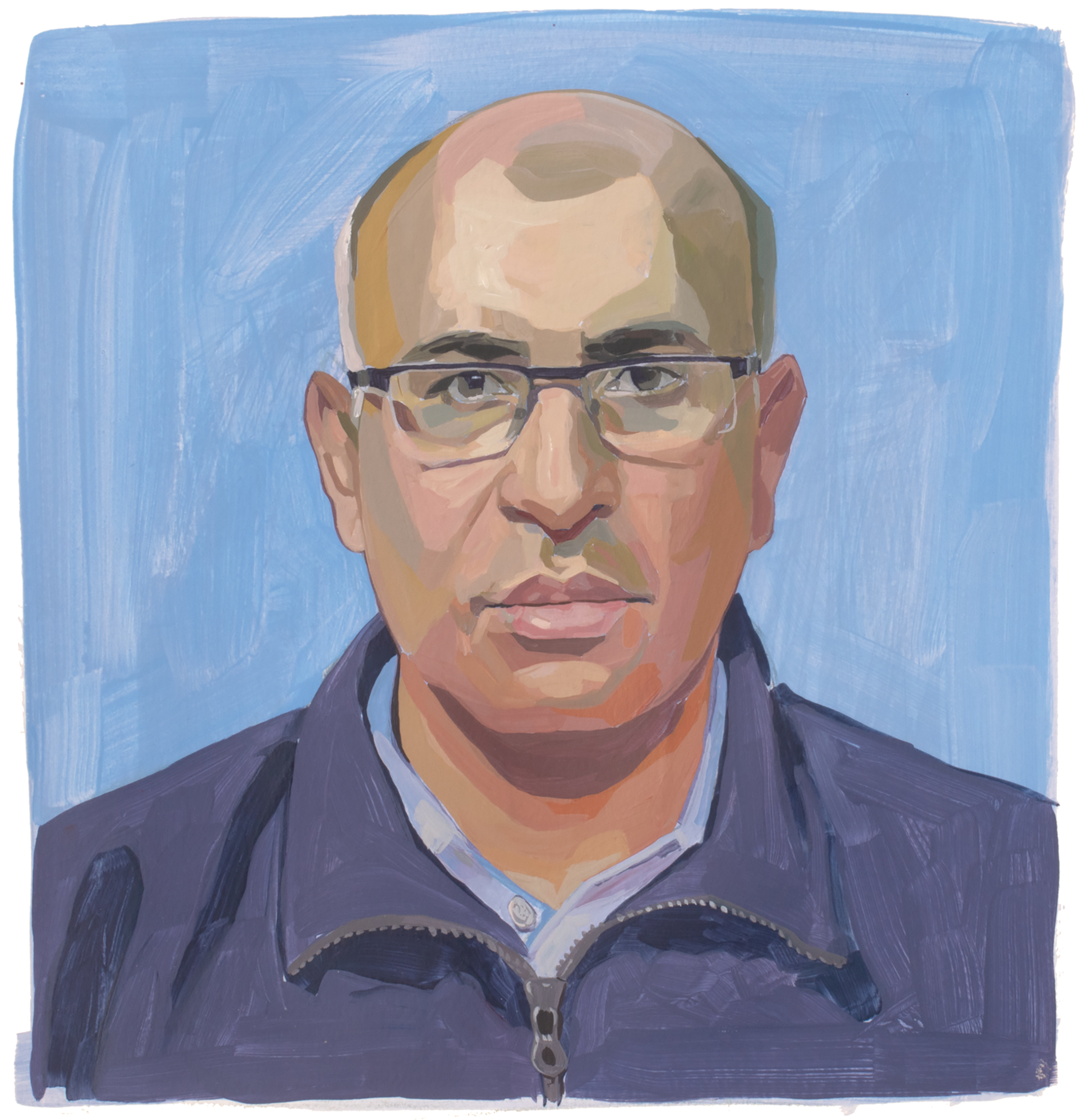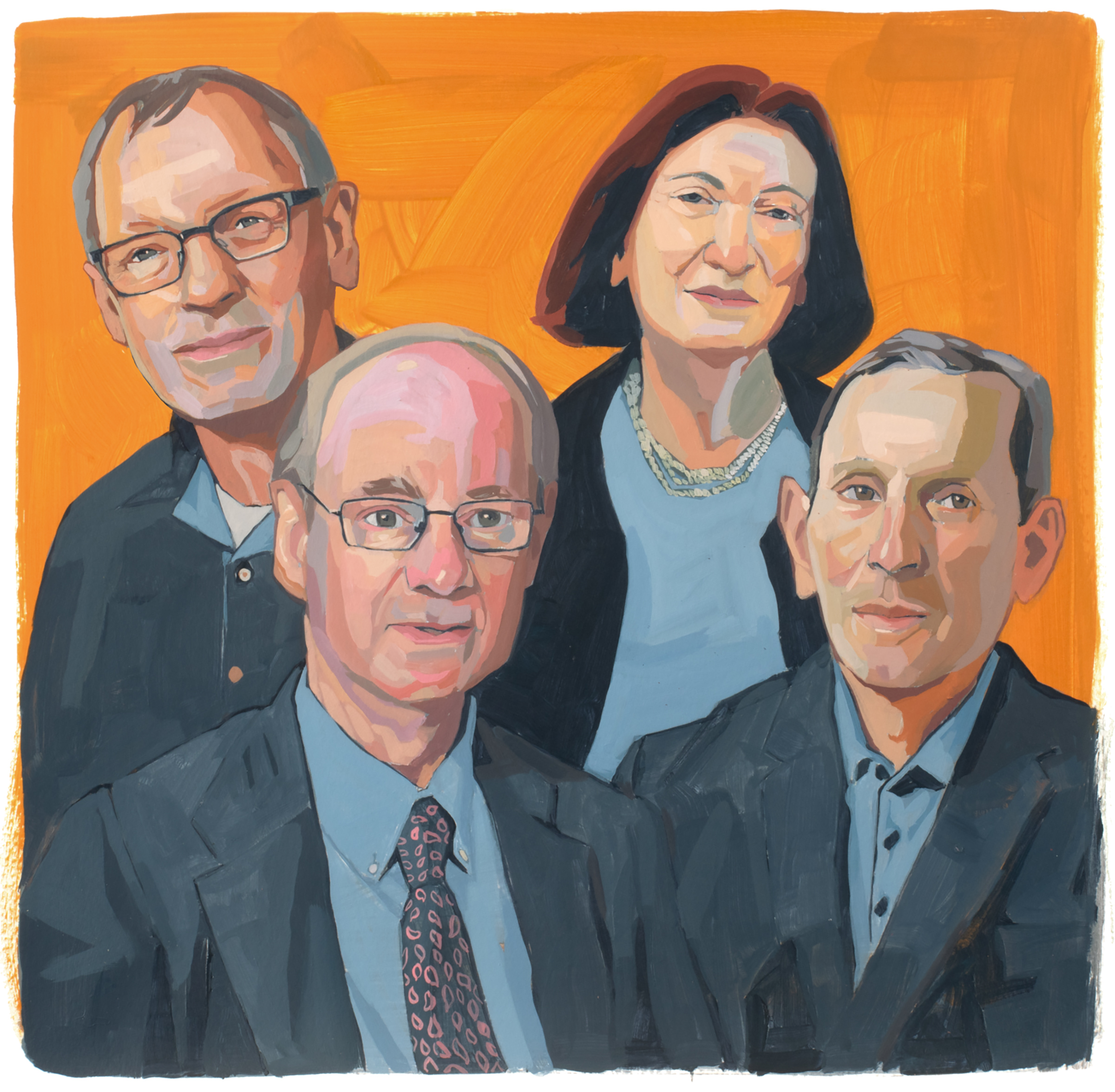As a virologist at the National Institutes of Health’s (NIH) Vaccine Research Center in the 2000s, Dr. Barney Graham was making a career out of his lifelong fascination with problem-solving that began as a child growing up in Kansas, “figuring things out” on the family farm. In the lab, the puzzle that occupied his attention was figuring out how respiratory syncytial virus (RSV) infected cells. Although RSV sends an estimated 3.6 million babies globally to the hospital each year with severe respiratory disease, until last year there was no effective vaccine to protect against infection. Graham identified a specific, fleeting form that RSV assumes just before it infects cells as the ideal target for the immune system, and spent years finding a way to make it more stable. But before he could test it, COVID-19 hit. Undeterred, Graham realized that he could adapt what he had discovered from RSV to the new virus, SARS-CoV-2. The rest is vaccine history: Graham’s work led to the first mRNA vaccines against COVID-19, which were developed in record time, and, in 2023, to the first vaccine against RSV. And those won’t be the last to use the discovery of Graham, who is now senior advisor for global health equity and a professor of medicine and microbiology, biochemistry, and immunology at Morehouse School of Medicine. Researchers are now using his insight to create shots for other viruses, including another that causes respiratory illness, human metapneumovirus.
More Must-Reads from TIME
- Why Biden Dropped Out
- Ukraine’s Plan to Survive Trump
- The Rise of a New Kind of Parenting Guru
- The Chaos and Commotion of the RNC in Photos
- Why We All Have a Stake in Twisters’ Success
- 8 Eating Habits That Actually Improve Your Sleep
- Welcome to the Noah Lyles Olympics
- Get Our Paris Olympics Newsletter in Your Inbox
Contact us at letters@time.com





